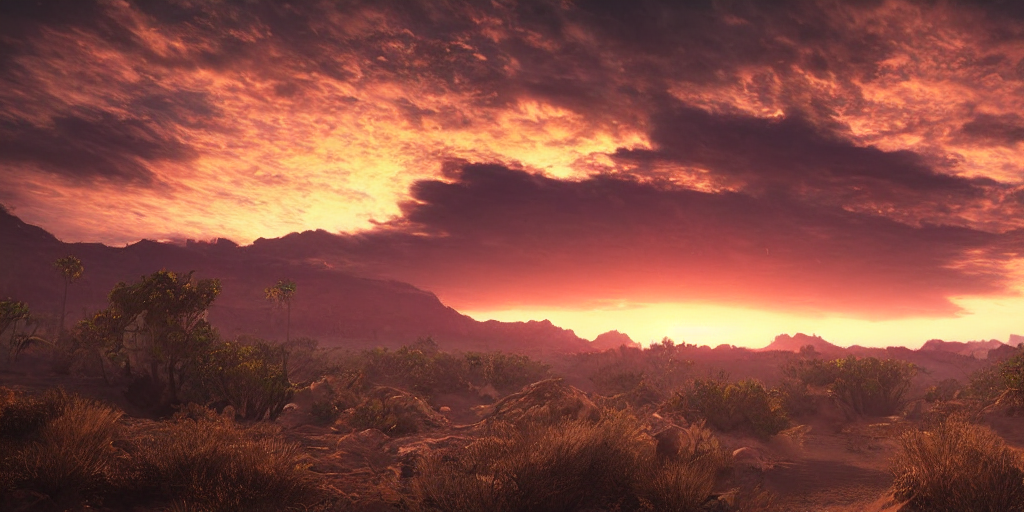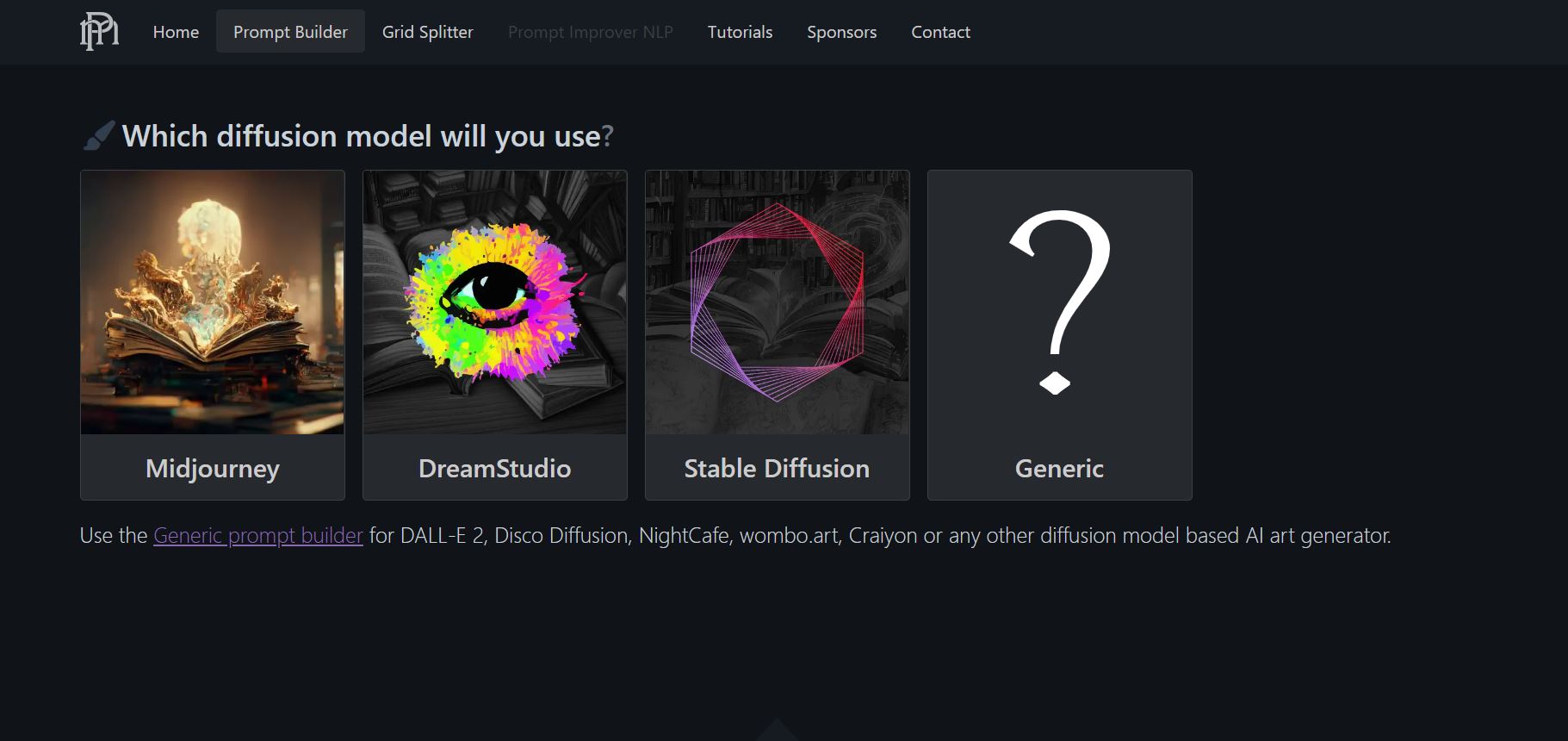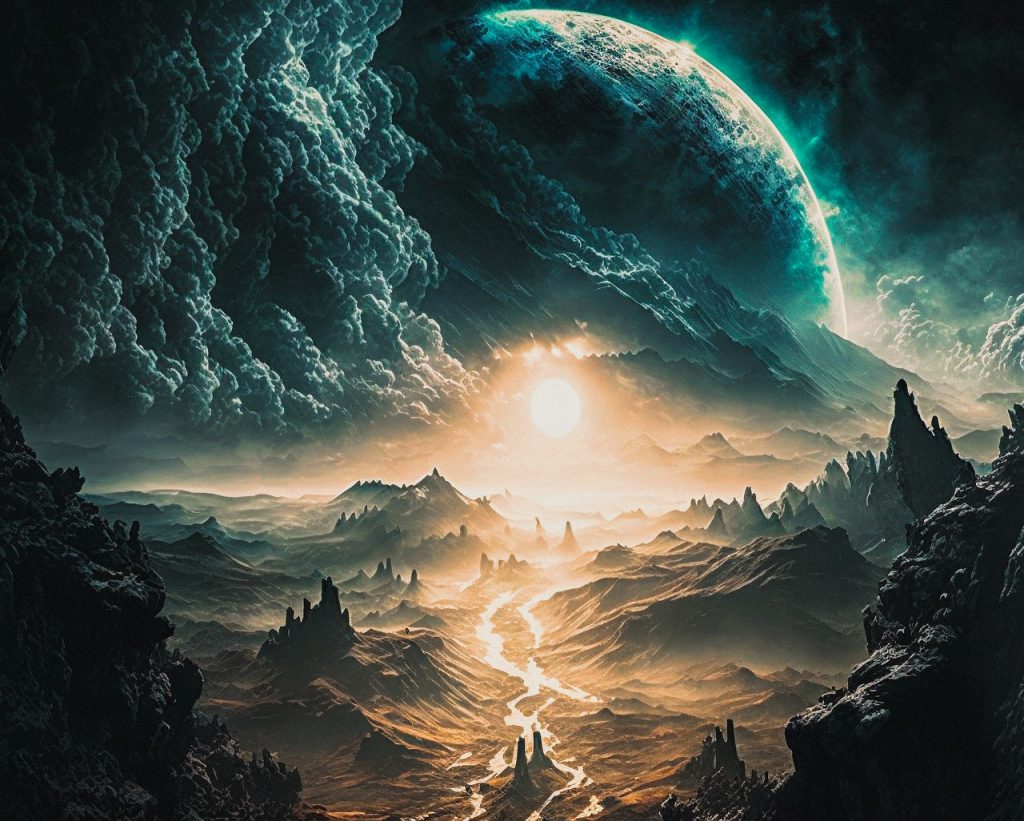Discover how Generative Adversarial Networks (GANs) are used in img2img art generation to create realistic and high-quality images. Learn about the benefits of using GANs in this technology and how it can revolutionize the art world.
Artificial Intelligence has been making a big impact in the art world over the past few years. One of the most exciting areas of AI art is Img2Img art generation, where AI is used to generate images that can mimic the style of different artists or create entirely new and unique pieces. One of the most powerful techniques for Img2Img art generation is the use of Generative Adversarial Networks (GANs). In this article, we will explore the power of GANs in Img2Img art generation and how they work.
Table of Contents
Introduction to Img2Img Art Generation
Img2Img art generation is a type of computer vision problem where the goal is to generate images that are similar to a given input image, but with some variation. This can involve generating images that mimic the style of a particular artist, creating new images in a particular style, or transforming one image into another.
One of the biggest challenges of Img2Img art generation is achieving a level of realism that is convincing to human viewers. This is where GANs come in.
What are GANs?
Generative Adversarial Networks (GANs) are a type of neural network that consists of two main components: a generator and a discriminator. The generator is responsible for creating new images, while the discriminator is responsible for determining whether an image is real or fake.
The generator starts by creating random noise that is used to generate an image. The discriminator then takes both the real image and the generated image as inputs and tries to determine which is which. The generator’s goal is to create images that are realistic enough to fool the discriminator, while the discriminator’s goal is to correctly identify the real image.
Through this process of iteration, the generator becomes better at creating realistic images, while the discriminator becomes better at identifying fake images. Eventually, the generator is able to create images that are so realistic that they are indistinguishable from real images.
GANs in Img2Img Art Generation
GANs have proven to be incredibly powerful in Img2Img art generation. They allow artists and designers to create images that are highly realistic and convincing, while also allowing for a high degree of variation and creativity.
One of the most popular applications of GANs in art generation is style transfer. This involves taking an input image and transforming it to look like it was created in a particular style, such as the style of a famous artist like Picasso or Van Gogh.
Another application of GANs in art generation is the creation of entirely new and unique images. By training a GAN on a large dataset of images, it can learn to create images that are similar to those in the dataset, but with some degree of variation. This allows for the creation of highly unique and creative images that would be difficult or impossible to create by hand.
Challenges and Limitations
While GANs have proven to be incredibly powerful in Img2Img art generation, there are still some challenges and limitations to be aware of.
One of the biggest challenges is the need for large amounts of data to train the GAN. In order to create realistic and convincing images, the GAN needs to be trained on a large dataset of images. This can be difficult and time-consuming, especially for artists and designers who may not have access to large datasets.
Another challenge is the need for careful tuning of the GAN’s parameters. The success of a GAN in art generation is highly dependent on the specific parameters used, and finding the right combination of parameters can be a difficult and time-consuming process.
Finally, while GANs are highly effective at generating realistic images, they can still produce images that are flawed or have errors. This can be especially problematic when creating images for commercial or professional purposes, where the images need to be of the highest quality.

Future Directions
Despite the challenges and limitations, GANs are likely to continue to play a major role in Img2Img art generation in the years to come. As the technology continues to evolve, we can expect to see new and innovative applications of GANs in art and design.
One area of research that shows promise is the use of GANs to generate 3D images and models. This could open up new possibilities for artists and designers in fields like architecture and industrial design.
Another area of research is the use of GANs for interactive art generation, where users can provide input and feedback to guide the generation of images. This could lead to new forms of collaborative art and design that blur the line between human and machine creativity.
How does Img2Img Art Generation work?
There are multiple avenues for creating AI Generated Art. Most of which are easily accessible on a web browser. Dream Studio, Replicate, Hugging Face, and Night Cafe are web based programs able to generate art using AI. Simply head on over to their website, log in with an account, and you’re all set. These websites offer Stable Diffusion as the neural system for generating art.
Stable Diffusion (SD) is a text-to-image model capable of creating stunning art within seconds. It is a breakthrough in speed and quality for AI Art Generators. It can run on consumer GPUs which makes it an excellent choice for the public. Stable Diffusion also has an img2img function. Simply upload a base photo, then enter in your prompt, and see your generated artwork.
Stable Diffusion has the goal of providing billions of people an avenue for creating impossible art using artificial intelligence. As of writing, the AI art community is continuously growing. A more in depth guide about Stable Diffusion is available here on PhotogpediA. It discusses the history, community, and tips regarding Stable Diffusion. Check out this link and learn more about it!
Tips for Img2Img Generation

The possibilities are limitless with AI Art Generators. Your base photo can completely look magical in just mere seconds. There are also scenarios where you can just add effects for your photos. This section highlights the best practices for img2img generation.
Understand Prompts
Firstly, prompts are the backbone for AI Art Generation. Whether text-to-image or img2img, prompts have the greatest importance. Work with online prompt builders and create highly detailed prompts. This helps the AI really narrow down the art it creates. From lighting, art style, and subject, a detailed prompt consistently gives the best results.
Also, after having a detailed prompt, you have the option of adding or removing details. You can start off by removing some lighting detailers. This lets the AI create similar images to your initial prompt but differentiated lighting. This brings us to our next point – iteration.
Iteration
Second, iteration provides step by step changes on your AI generated art. It is the repetition of a process. This process however, requires understanding of how seeds work. Seeds keep the outputs highly likely to that of each other. After keeping your seed value constant, you can vary your variables one at a time.
Either add or remove prompt details and checkout the variations in the result. You can also adjust the cfg scale and let the AI work out the details of the image. Improve the process of iteration by increasing the number of Steps. Lastly, tinker with the Image Strength percentage and create heavy or light edits on your photo.
Conclusion
Generative Adversarial Networks (GANs) are a powerful tool for Img2Img art generation, allowing artists and designers to create highly realistic and unique images. While there are still challenges and limitations to be addressed, the potential for GANs in art and design is vast, and we can expect to see new and innovative applications of the technology in the years to come.
FAQs
1. What is Img2Img art generation?
Img2Img art generation is a type of computer vision problem where the goal is to generate images that are similar to a given input image, but with some variation.
2. What are GANs?
Generative Adversarial Networks (GANs) are a type of neural network that consists of a generator and a discriminator. The generator is responsible for creating new images, while the discriminator is responsible for determining whether an image is real or fake.
3. What are some applications of GANs in art generation?
Some applications of GANs in art generation include style transfer and the creation of new and unique images.
4. What are some challenges of using GANs in art generation?
Some challenges of using GANs in art generation include the need for large amounts of data, careful tuning of parameters, and the potential for flawed or imperfect images.
5. What is the future of GANs in art and design?
The future of GANs in art and design is promising, with new applications emerging in fields like 3D image generation and interactive art generation.
Afterword
We hope that you find this article helpful. Thank you for reading and you’re always free to leave a comment. If you find this article interesting, consider checking out one of our recently published posts. A few of them showcase advancements in technology such as AI Art Generators. On the other hand, if you’re looking towards Photography, we also offer great articles for your inspiration. We also have multiple articles that talk about the various printing mediums for wall art. May these articles give you inspiration for your next print!
Find them here:
AI Art Generators : Img2Img
Stable Diffusion Tips and Tricks
Stable Diffusion : AI Art Generator Spotlight
The Printing Mediums of Wall Art
The Top Food Photography Trends to Try Now
We enjoy reading your comments and insights with our posts! Should you have any questions or concerns, feel free to leave them below! -Mark

